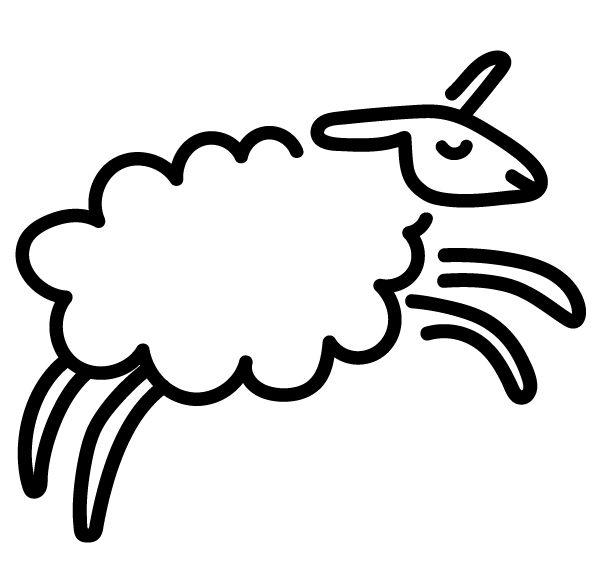Our Dye Process
Our Dye Process
We answer some of our most popular questions.
Periodically, our customer service team receives inquiries about why the same color can vary between garments. We wanted to provide some insight into why this happens.
Each time we place an order to manufacture a style, the fabric mill produces a lot of fabric. Based on our small company size, there can be as little as one roll of fabric, but typically many more. The fabric then goes through a dye process specially formulated to meet our approved color standard. Each production run has a separate “dye lot.” So if you order a dress in April and one in December, those came from two separate production runs and dye lots.
This may sound familiar to those of you who knit—it is normal to check multiple skeins so that they have the best match between dye lots.
The majority of our dye lots across time are essentially the same, without any discernible difference to the eye. Occasionally, a customer may notice a subtle difference in two garments of the same color.
The answer all comes down to the fiber. Wool has an especially complex fiber structure that is highly sensitive to external conditions. Don’t forget, wool is grown naturally on our beloved sheep! Even when the fiber is dyed at the same temperature, pressure, and time under the same conditions, it is very difficult to produce precisely the same result every time. This can happen in all natural fibers, such as cotton and linen. As you may notice, some colors (bright, vivid, or pastel colors) are difficult to color match on wool in general.
On the other hand, synthetic fibers (polyester, nylon) have a perfectly stable and identical structure. Therefore, the color variation is far less likely than wool or other natural fibers, and it is easier to get consistent results every time. With blended fabrics (natural plus synthetic) you may also see a subtle tonal variation. This happens because the two fibers are being dyed under the same formula, impeccably tweaked to get the most even result possible across all fibers.
All that said, wool comes first at wool&! We do our best to provide your favorite colors consistently over time. If you’d like to know more about how and where our products are made, check out our Sustainable Progress and Supply Chain journal post down below.
Our Designer, Ellie, reviewing our Pantone color swatches.


